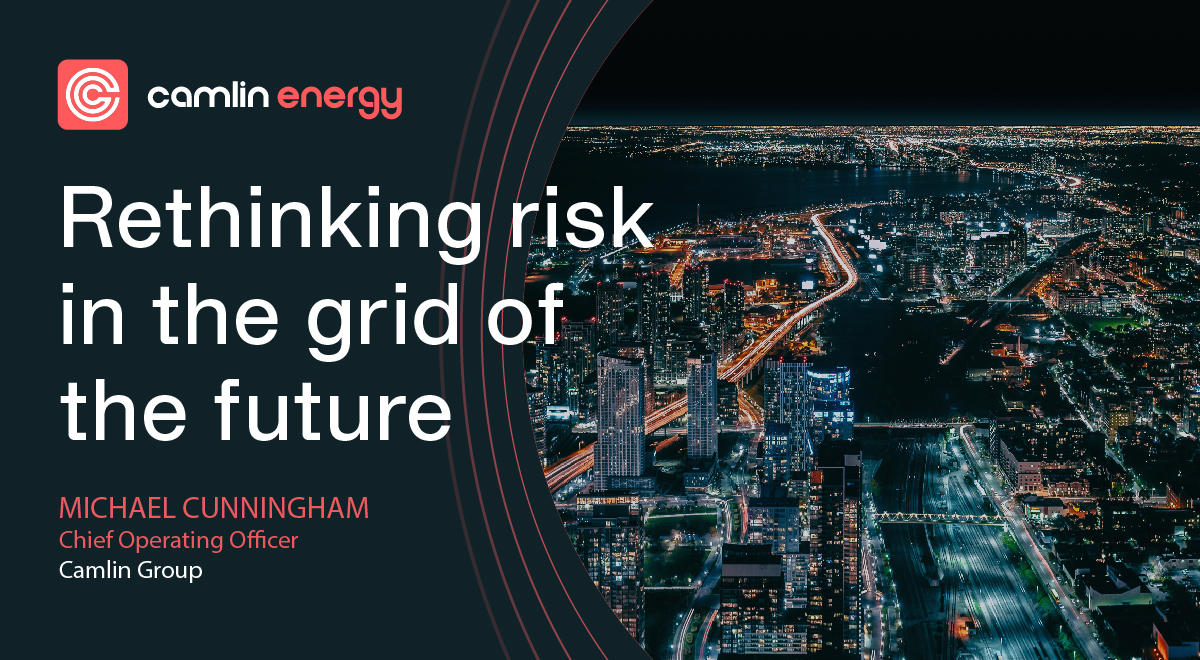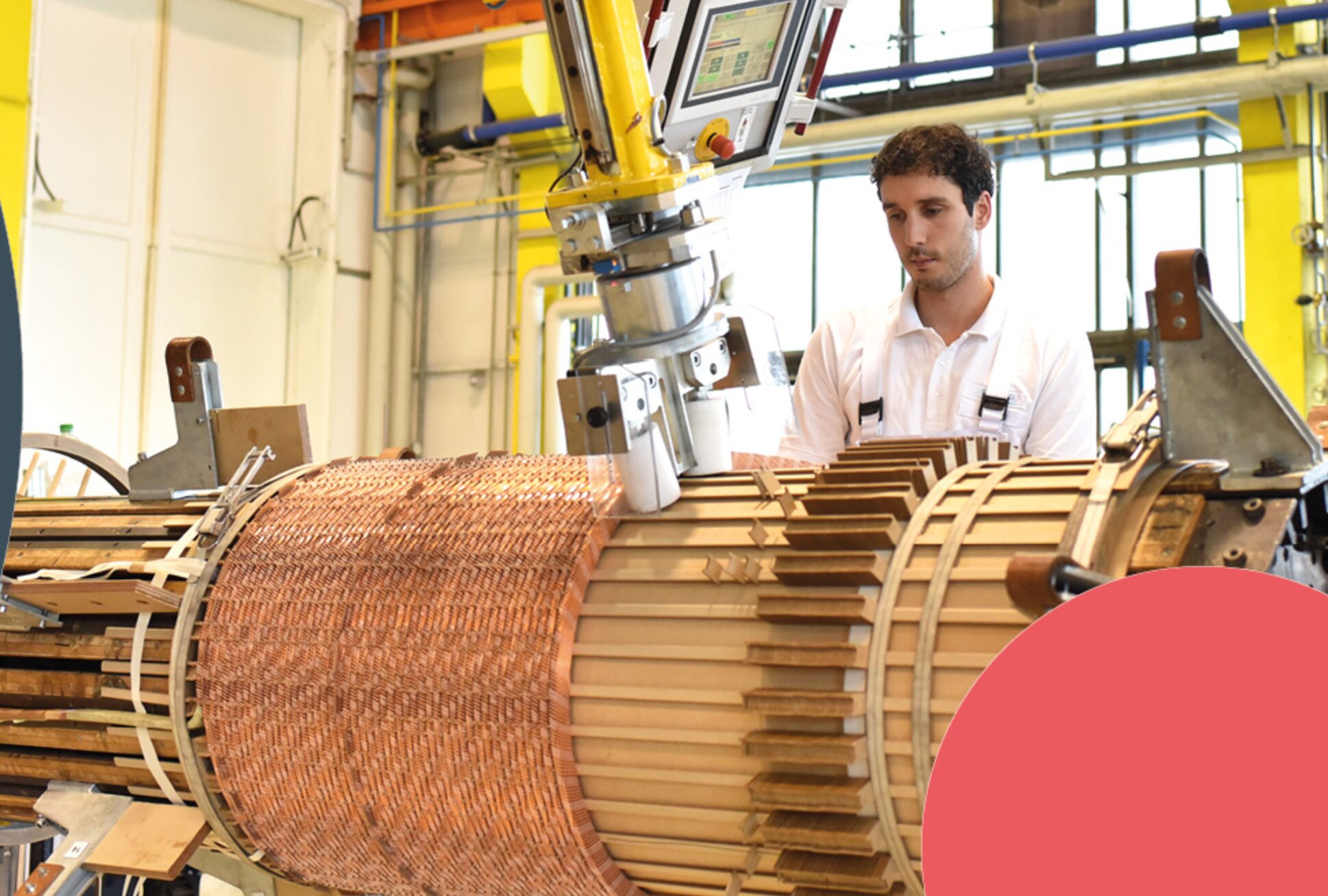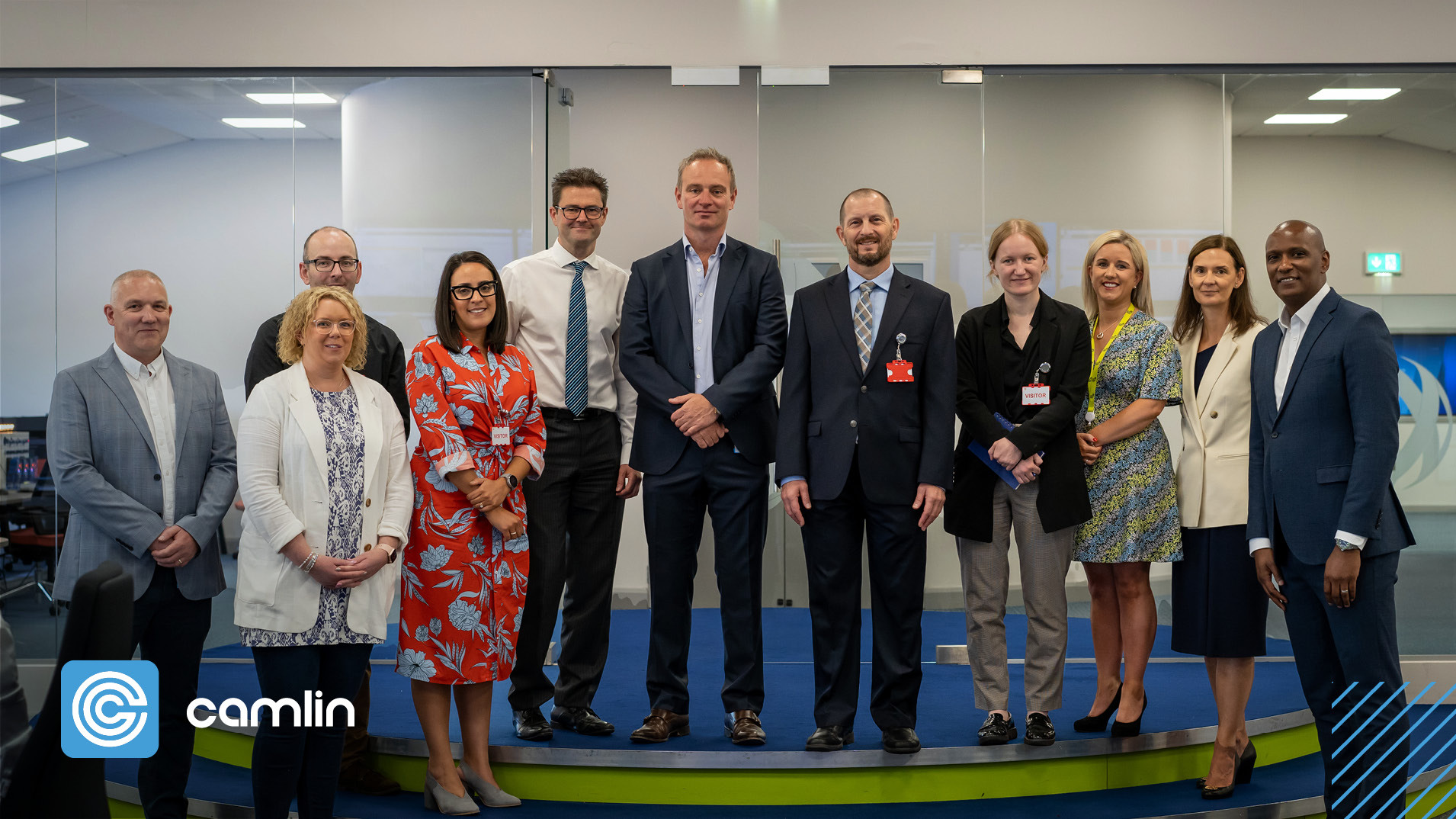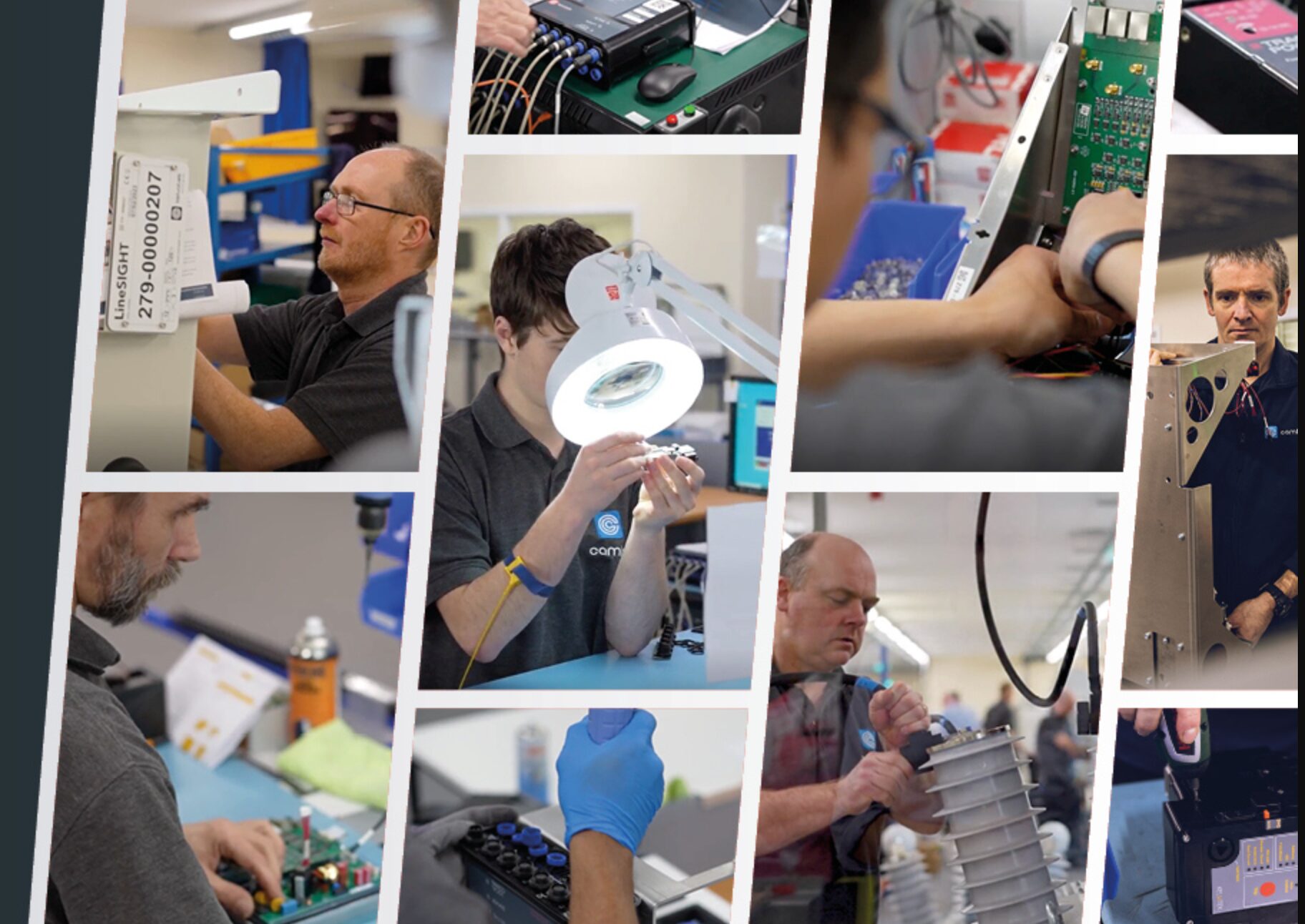In my recent articles Progress Needs Power and Wiring Camlin for the Transition, I wrote about how the energy transition demands not just new technology but new ways of thinking. One word sits at the heart of asset management: risk. How it is seen, managed, and mitigated is central to every successful utility program.
For decades, the models were familiar. A transformer fleet could be plotted against a bathtub curve: early-life failures, a long steady state of reliability, then a rising arc of ageing and end-of-life risk. Inputs came from trusted sources such as Dissolved Gas Analysis, long standing models, and SME judgement. Assets could be ranked for health, and utilities felt a sense of control.
That picture is breaking down. The grid is ageing well beyond design life. Expertise is leaving the industry faster than it can be replaced. Lead times for new transformers are stretching to five to seven years. And most critically, transformers are now operating under conditions the old models cannot see.
The shift to renewable generation and storage brings new stresses: reverse power flows, harmonics, transient over-voltages, and high-current through faults. Each accelerates ageing and increases the probability of failure. Yet none of these are captured in the existing models, which were built for a steadier, one-direction power grid. The bathtub curve is shifting, but utilities cannot see how or by how much. That is the real risk. The implications extend beyond engineering. As these unseen risks grow, insurers are finding it harder to underwrite ageing fleets with confidence. Premiums are rising and exclusions are tightening, with data-led assurance now often essential to secure cover. In some regions, utilities are struggling to insure their most critical transformers at all. What was once a routine renewal has become a negotiation about visibility and proof of condition.
At Camlin Energy we are working to close that gap. Through our vertical data pipeline, we align our advanced asset and network monitoring, embedded and system software, data engineering, AI data science, and deep domain expertise. Powered by our Sapient platform, these capabilities turn unique data sets into new and actionable insights. This means your transformer fleet is not managed against yesterday’s assumptions but against the real risks of today and tomorrow; meaning fewer surprises, better capital allocation and greater resilience.
The journey to the grid of the future is like driving into the night. The ageing network dims your headlights; the shifting risk curve is fog on the road; and the accelerating pace of change forces you to drive faster than ever. With TOTUS and Sapient your beams are on full, the road ahead is clearer, and our services act as your sat nav. We cannot eliminate risk, but we can make it visible and manageable.
Because progress does not just need power. It needs confidence.



